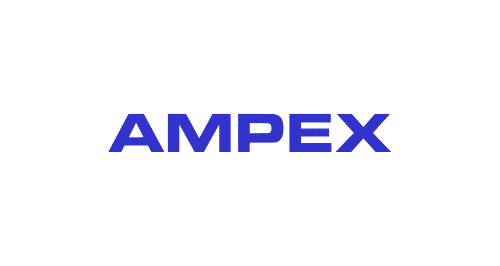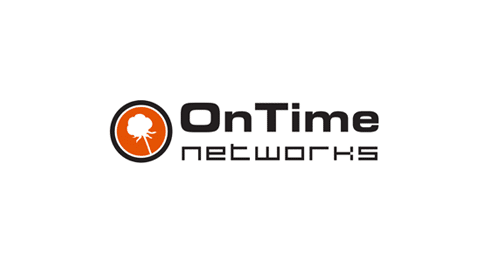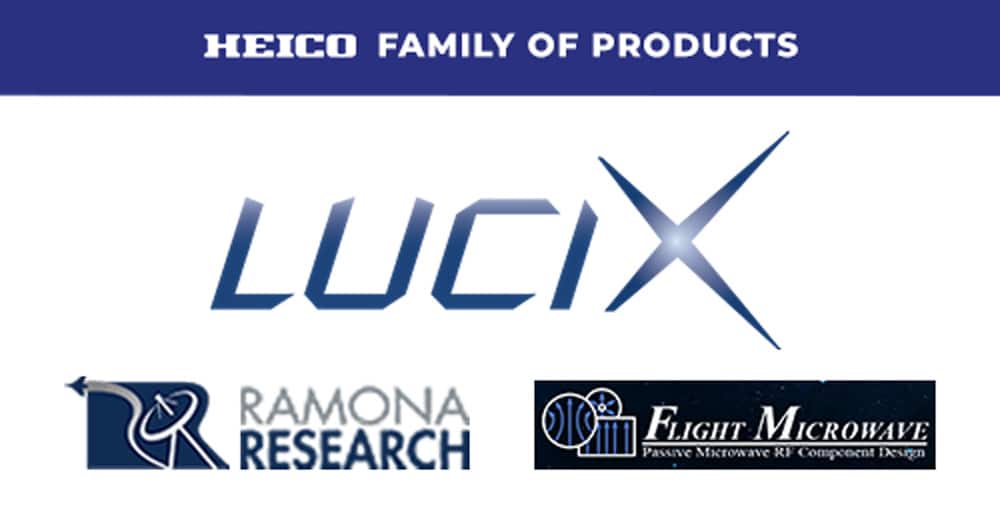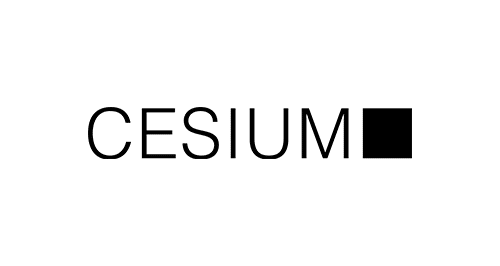
CesiumAstro – Software-Defined Communication Systems
CesiumAstro builds high-throughput, plug-and-play phased array communication payloads for space and airborne platforms. Cesium’s full-stack, multi-mission hardware and software products enable a diverse range of commercial and defense objectives.
They offer a suite of scalable products from discrete modules to complete software-defined payloads that work out of the box. The integrated product line ranges from single-beam downlink solutions to multi-beam, full-duplex communication payloads.
Featured Products
Systems
NIGHTINGALE I - Ka-Band High-Speed Downlink Payload
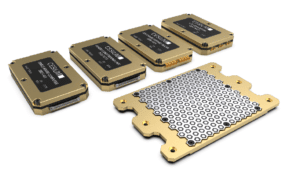
The Nightingale I is a complete, plug-and-play communication system. The module combines a cutting-edge software-defined radio with an ultra-wideband, phased array antenna, offering a wide choice of communication parameters and dynamic reconfigurability of the system.
COMMPACK - Cross-link Communications Payload
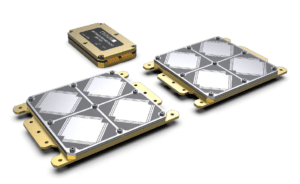
The CommPack Cross-link Communications Payload uses building blocks from Cesium’s modular device ecosystem to enable mobile ad-hoc networking in space. This swarm technology is paving the way for future small satellite missions to the Moon, Mars, and beyond.
VIREO - Multi-beam Active Phased Array System
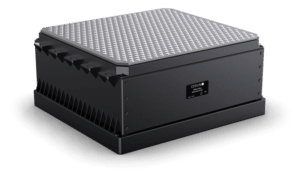
The Vireo is a multi-beam active phased array system for high-throughput satellites. The design addresses the state-of-the-art performance requirements for constellations under aggressive SWaP-C targets.
Modules
Software Defined Radio - SDR-1001
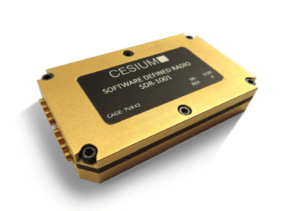
A high-performance, compact software-defined radio designed to operate in Low Earth Orbit (LEO) environments. The Cesium SDR-1001 sets a new standard in SWaP-C. The SDR-1001 includes four receive channels, four transmit channels, and a state-of-the-art FPGA in a credit-card-sized footprint. The module is suitable for demanding digital signal processing and communications applications. Use as a stand-alone software-defined radio or combine with other Cesium modules for a complete bits-to-photons solution.
Single-Board Computer - SBC-1461
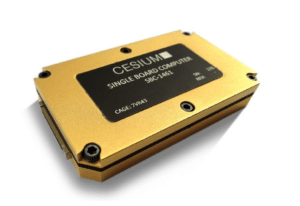
The credit-card-sized module features a quad-core processor, error-correcting code memory, mass storage, selective redundancy, and multiple data interfaces in a compact formfactor. The Cesium SBC-1461 includes a software development kit for a Linux-based operating system (OS), providing a fast out-of-the-box solution.
Power Conditioning Unit - PCU-1C28

A high-efficiency, compact DC-to-DC converter designed to operate in Low Earth Orbit (LEO) environments that provides a regulated, isolated, 12V rail suitable for powering the full suite of Cesium communication products. The Cesium PCU-1C28 includes a fixed-frequency converter with integrated filters and protections as well as a digital interface for telemetry in a credit-card-sized footprint. Each module is parallelable with other Cesium PCUs for higher output power or hot redundancy.
Up/Down Converter - UDC-1AT1
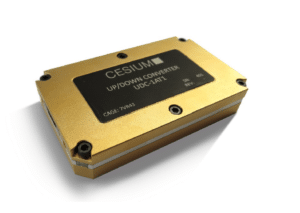
A wideband up/down converter designed to operate in Low Earth Orbit (LEO) environments with an on-board frequency synthesizer and low power consumption all in a credit-card-sized footprint. The module supports time division up/down-conversion with 1GHz of instantaneous bandwidth and offers the ability to combine IF channels for further flexibility. The Cesium UDC-1AT1 includes a high-precision clock for LO generation; the module can provide this clock as a reference for other modules, or lock to an external system reference.
Application Highlights
Define your payload requirements and Cesium will configure a mission-ready solution customized to your application utilizing Cesium’s full-stack modular product line.
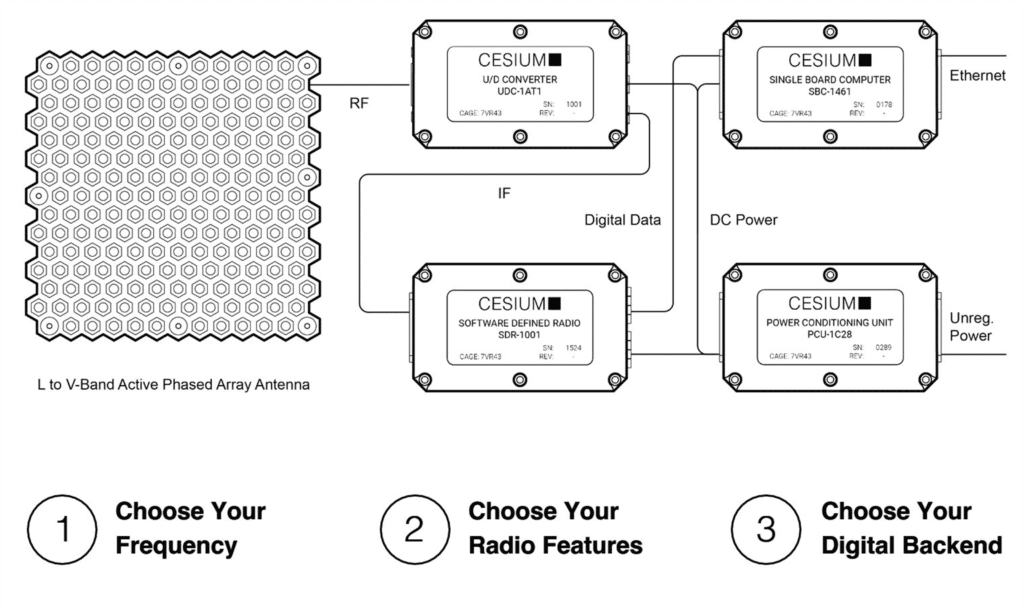
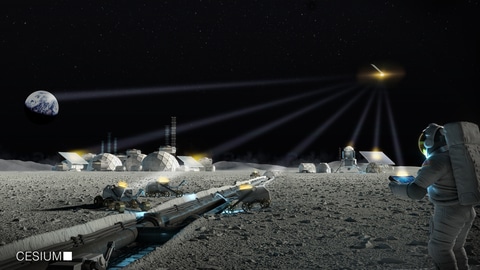
CesiumAstro, Inc., with support from The National Aeronautics and Space Administration (NASA), is accelerating radio frequency (RF) active phased array antenna development enabling dual function communications and sensing for lunar and cislunar applications across common Ka-band, TDRS (Tracking and Data Relay Satellite), and 5G mmWave frequency bands.
“CesiumAstro is building affordable, scalable antenna solutions that will form the backbone of a robust lunar communications infrastructure.”

CesiumAstro, Inc. released of the S-Band CommPack Inter-Satellite Link (ISL) for commercial, government and defense applications, built to NASA GEVS standards and available in volume. Designed for swarm operation and formation flying, CesiumAstro’s CommPack supports mobile ad-hoc networking (MANET) protocol to enable flexible flight scenarios for both small satellite and cube satellite applications. Multiple antenna support can provide full spherical coverage around the spacecraft.
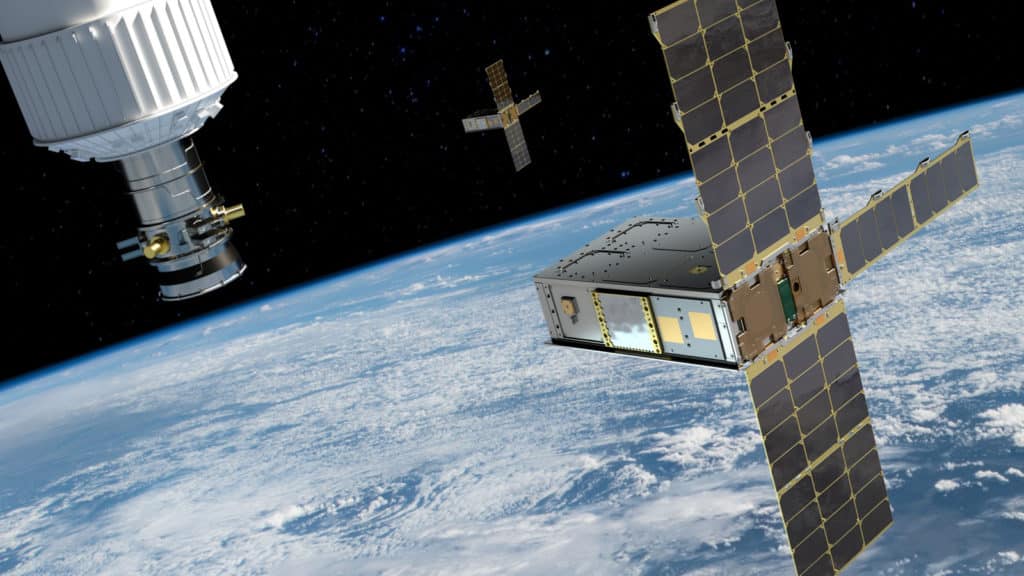
Pictured: Cesium Satellites 1 and 2 deployed from the U.S. Space Force’s Landsat-9 Evolved Expendable Launch Vehicle Secondary Payload Adapter (ESPA) Flight System (EFS).
CesiumAstro, Inc. has successfully deployed of its first two satellites featuring their leading-edge communications payloads aboard a United Launch Alliance Atlas V-401 rocket. Dubbed Cesium Mission 1(CM1), the duo of satellites will provide an on-orbit testbed for next generation wireless communications and sensing technologies.
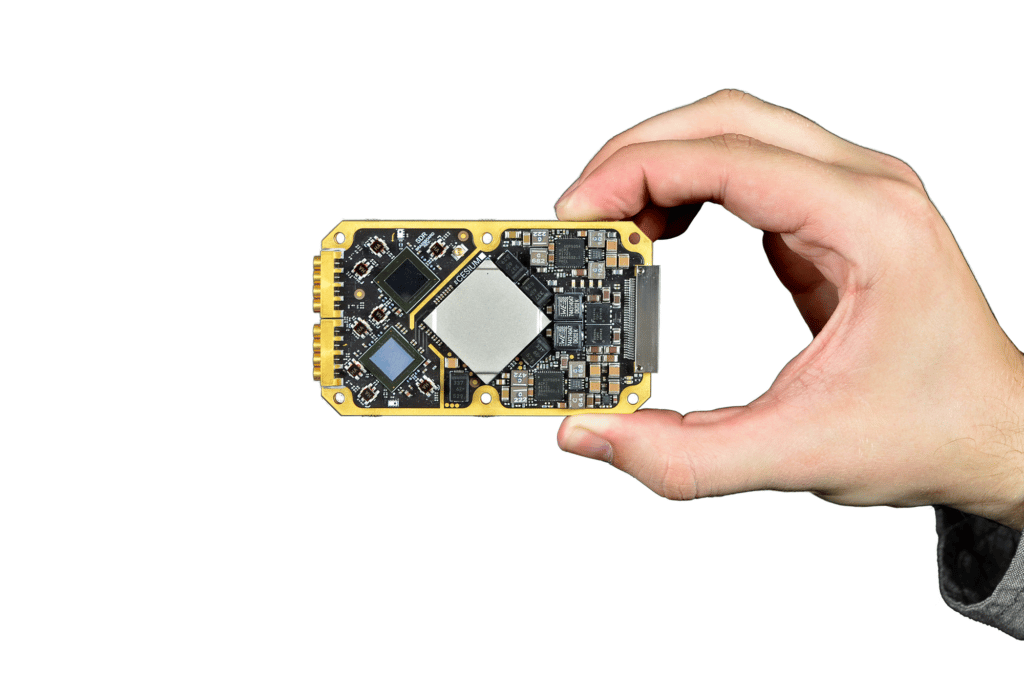
CesiumAstro provides the flight-ready SDR-1001 credit-card-sized modular software-defined radio (SDR) for commercial, government and defense applications, tested to NASA GEVS standards and available in volume. Featuring 4 TX and 4 RX channels tunable from 300 MHz to 6 GHz, the SDR-1001 ships with a default BPSK/QPSK modem and optional FPGA Developer Toolkit enabling custom waveform development. Designed to meet the demanding requirements for launch, as well as the extreme conditions of space and airborne environments, the SDR-1001 integrates a flexible RF front-end with high-performance FPGA to support a 5-to-7-year mission duration.
Company Overview
Founded in 2017, CesiumAstro is a rapidly-growing aerospace company headquartered in Austin, Texas, with a second office location in the Denver area. The Cesium team consists of over 75 engineers, designers, scientists, and business professionals who are skilled in the design, development, manufacturing, and qualification of complex communication systems. Cesium believes that effective hardware solutions should not require added engineering from our customers, enabling them to focus on their core mission.
